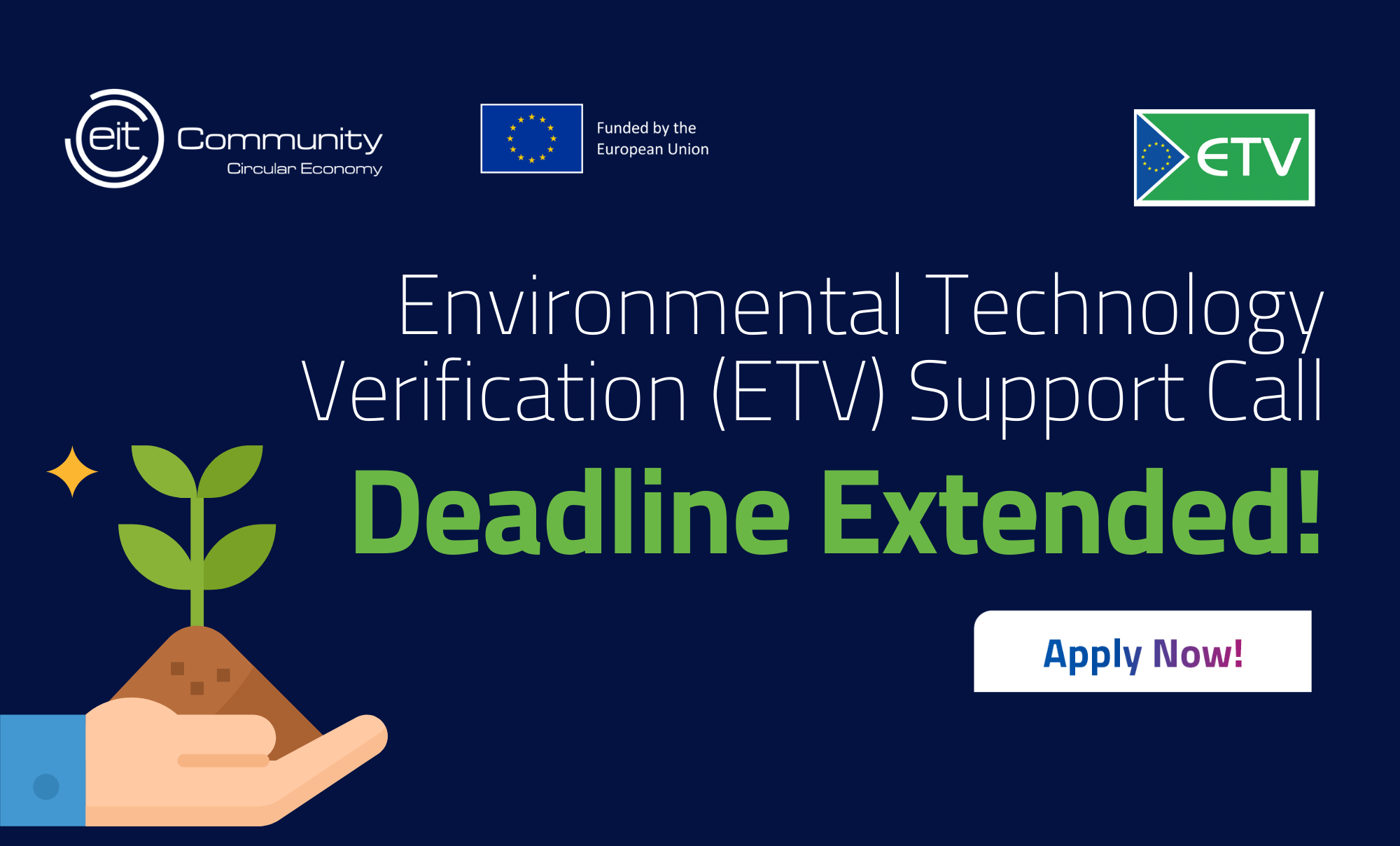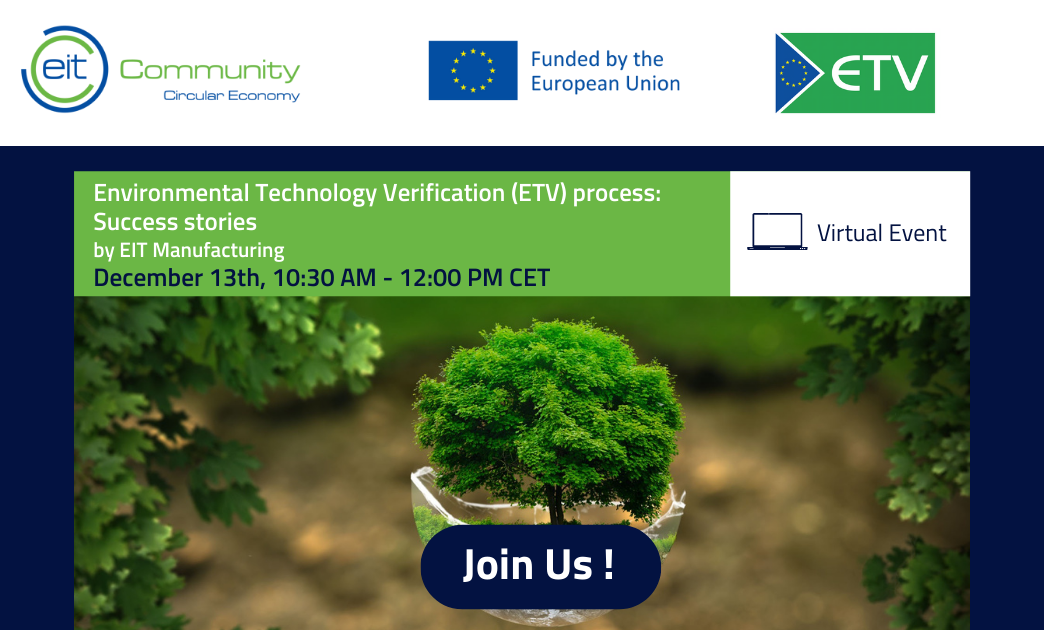Environmental technology verification (ETV) is a critical tool in the advancement of sustainable technologies, providing independent assessment and validation of environmental performance claims. Through rigorous testing and evaluation, ETV programs empower technology developers and users to make informed decisions, driving innovation and accelerating the adoption of environmentally friendly solutions.
ETV’s comprehensive process ensures that environmental technologies meet stringent criteria, instilling confidence in their effectiveness and reliability. By bridging the gap between research and deployment, ETV plays a pivotal role in fostering a greener future.
Environmental Technology Verification (ETV)
Environmental Technology Verification (ETV) is a process of evaluating the performance of environmental technologies. ETV programs are designed to provide independent, third-party verification of the performance claims made by technology developers. This information can help users make informed decisions about which technologies to invest in.
ETV programs are typically operated by government agencies or non-profit organizations. The first ETV program was established in the United States in 1995. Since then, ETV programs have been established in many other countries around the world, including Canada, the United Kingdom, Japan, and China.
Benefits of ETV
ETV provides a number of benefits for technology developers and users. For technology developers, ETV can help to:
- Increase credibility and market acceptance of new technologies
- Reduce the risk of investment in new technologies
- Identify areas for improvement in technology development
For technology users, ETV can help to:
- Make informed decisions about which technologies to invest in
- Reduce the risk of purchasing ineffective technologies
- Identify technologies that are best suited for their specific needs
ETV Process and Methodology

The Environmental Technology Verification (ETV) process is a rigorous and objective evaluation of environmental technologies. It provides independent, third-party verification of the performance claims made by technology developers.
Steps Involved in the ETV Process
- Technology Submission:Developers submit their technology to an ETV program for evaluation.
- Verification Plan Development:An ETV program develops a verification plan in collaboration with the technology developer.
- Technology Testing:The technology is tested according to the verification plan by an accredited third-party laboratory.
- Verification Report:An ETV verification report is issued, summarizing the test results and evaluating the technology’s performance.
- Verification Statement:If the technology meets the verification criteria, an ETV verification statement is issued, which provides independent verification of the technology’s performance.
Criteria Used to Evaluate Environmental Technologies
- Environmental Performance:The technology’s ability to reduce environmental impacts, such as air pollution, water pollution, or waste generation.
- Cost-Effectiveness:The technology’s ability to provide environmental benefits at a reasonable cost.
- Technical Feasibility:The technology’s ability to be implemented and operated successfully.
- Scalability:The technology’s potential to be deployed on a larger scale.
- Reliability:The technology’s ability to perform consistently over time.
Role of Third-Party Verification Bodies
Third-party verification bodies play a critical role in the ETV process by providing independent evaluation of the technology’s performance. These bodies are accredited to ensure their impartiality and competence.
Applications of ETV
Environmental Technology Verification (ETV) is a powerful tool that supports the evaluation and validation of environmental technologies, facilitating their adoption and commercialization. ETV’s applications span a diverse range of sectors, including air pollution control, water treatment, renewable energy, and more.
By providing independent, credible performance data, ETV helps decision-makers, such as regulators, technology users, and investors, make informed choices about environmental technologies. This contributes to the acceleration of innovation, the reduction of risks associated with technology adoption, and the promotion of sustainable practices.
Case Studies of Successful ETV Applications
ETV has a proven track record of success in various sectors. Here are a few notable case studies:
- Air Pollution Control:ETV verified the performance of a new catalytic converter technology, demonstrating its ability to significantly reduce nitrogen oxide (NOx) emissions from diesel engines. This verification provided confidence to manufacturers and fleet operators, leading to the widespread adoption of the technology and improved air quality.
- Water Treatment:ETV evaluated a novel water filtration system that effectively removed contaminants from drinking water sources. The verification results helped convince water utilities and consumers of the system’s reliability, resulting in its increased use and improved access to clean water.
- Renewable Energy:ETV verified the efficiency and reliability of a solar photovoltaic system, providing valuable data to investors and developers. The verification contributed to the growth of the solar industry and the adoption of renewable energy sources.
ETV’s Contribution to Technology Adoption and Commercialization
ETV plays a critical role in the adoption and commercialization of environmental technologies by:
- Reducing Risk:ETV provides independent performance data that helps reduce the perceived risks associated with adopting new technologies, giving confidence to decision-makers.
- Facilitating Market Acceptance:ETV verification serves as a third-party endorsement, increasing the credibility of environmental technologies and making them more attractive to investors and end-users.
- Accelerating Innovation:ETV provides a platform for technology developers to demonstrate the performance of their products, encouraging continuous improvement and the development of innovative solutions.
In conclusion, ETV’s applications extend across various sectors, where it has successfully contributed to the evaluation, adoption, and commercialization of environmental technologies. By providing credible performance data, ETV reduces risks, facilitates market acceptance, and accelerates innovation, ultimately leading to improved environmental outcomes.
Challenges and Opportunities in ETV
The implementation of ETV programs faces several challenges, including:
- Lack of awareness:Many stakeholders, including potential technology developers and users, are not fully aware of ETV and its benefits.
- Resource constraints:Establishing and operating ETV programs requires significant financial and human resources, which may be limited in some regions.
- Technical complexity:Evaluating environmental technologies can be complex and time-consuming, requiring specialized expertise and infrastructure.
- Lack of standardization:There is a need for harmonized testing protocols and performance metrics across different ETV programs to ensure consistency and comparability of results.
Despite these challenges, ETV offers numerous opportunities for improving environmental performance and supporting innovation:
Expanding ETV Scope
Expanding the scope of ETV programs can include:
- Evaluating emerging technologies:ETV can play a crucial role in assessing the performance and potential of new and innovative environmental technologies.
- Addressing global environmental challenges:ETV programs can be tailored to address specific environmental issues, such as climate change mitigation, air pollution control, and water conservation.
- Supporting sustainable development:ETV can help promote the adoption of environmentally friendly technologies and practices, contributing to sustainable development goals.
Improving ETV Process
Improving the ETV process can involve:
- Streamlining testing procedures:Developing standardized testing protocols and automating data analysis can reduce the time and cost of ETV evaluations.
- Enhancing stakeholder engagement:Engaging stakeholders throughout the ETV process, including technology developers, users, and regulators, can ensure that the program meets their needs.
- Promoting international collaboration:Collaborating with ETV programs in other countries can facilitate knowledge sharing, harmonization of standards, and global recognition of ETV results.
ETV Data and Reporting
:.jpg)
Data collection and reporting are crucial aspects of ETV as they provide the foundation for evaluating and communicating the performance of environmental technologies.
Types of Data Collected, Environmental technology verification
- Technical Data:Performance characteristics, operating parameters, and emissions data.
- Economic Data:Costs of installation, operation, and maintenance.
- Environmental Data:Impact on air, water, and soil quality.
This data is used to assess the technology’s effectiveness, efficiency, and environmental impact.
Dissemination of ETV Results
ETV results are disseminated through reports, databases, and other channels. They provide independent, third-party verification of technology performance, enabling stakeholders to make informed decisions.
Impact on Decision-Making
- Technology Selection:ETV results help buyers identify technologies that meet their specific needs and environmental goals.
- Policy Development:Governments use ETV data to develop regulations and incentives that promote the adoption of effective technologies.
- Public Awareness:ETV results educate the public about the availability and performance of environmental technologies.
Overall, ETV data and reporting play a critical role in advancing the adoption and implementation of effective environmental technologies.
International Collaboration in ETV

Collaboration among nations in Environmental Technology Verification (ETV) offers significant advantages. It facilitates the sharing of expertise, resources, and best practices, leading to more effective and efficient ETV programs worldwide.
International collaboration also enhances the credibility and recognition of ETV results, as multiple countries participate in the verification process. This global recognition helps promote the adoption and deployment of verified environmental technologies.
Role of the International Environmental Technology Verification Cooperation (IETVC)
The International Environmental Technology Verification Cooperation (IETVC) is a key player in fostering international collaboration in ETV. Established in 2012, IETVC is a non-profit organization that brings together ETV programs from around the world.
IETVC provides a platform for sharing information, coordinating ETV activities, and developing harmonized ETV protocols. Through its activities, IETVC helps ensure that ETV programs are conducted consistently and meet international standards.
Examples of Successful International ETV Collaborations
Several successful international ETV collaborations have been undertaken. One notable example is the collaboration between the United States Environmental Protection Agency (EPA) and the European Commission (EC) on the verification of water treatment technologies.
Another example is the collaboration between the United States Department of Energy (DOE) and the International Energy Agency (IEA) on the verification of energy-efficient technologies. These collaborations have resulted in the development of harmonized ETV protocols and the mutual recognition of ETV results.
Final Summary

In conclusion, environmental technology verification is an indispensable tool for advancing sustainable development. Its rigorous evaluation process provides a solid foundation for decision-making, accelerating the adoption of innovative technologies that address pressing environmental challenges. As the world strives towards a more sustainable future, ETV will continue to play a crucial role in driving progress and safeguarding our planet.
FAQ Corner
What is the significance of ETV in evaluating environmental technologies?
ETV provides independent assessment and validation of environmental performance claims, ensuring the reliability and effectiveness of technologies.
How does ETV benefit technology developers?
ETV helps developers gain credibility and market recognition for their technologies, fostering innovation and commercialization.
What role do third-party verification bodies play in the ETV process?
Third-party verification bodies conduct independent testing and evaluation, ensuring the impartiality and objectivity of the ETV process.
 wohnroom.biz.id BUSINESS INVENTORY
wohnroom.biz.id BUSINESS INVENTORY